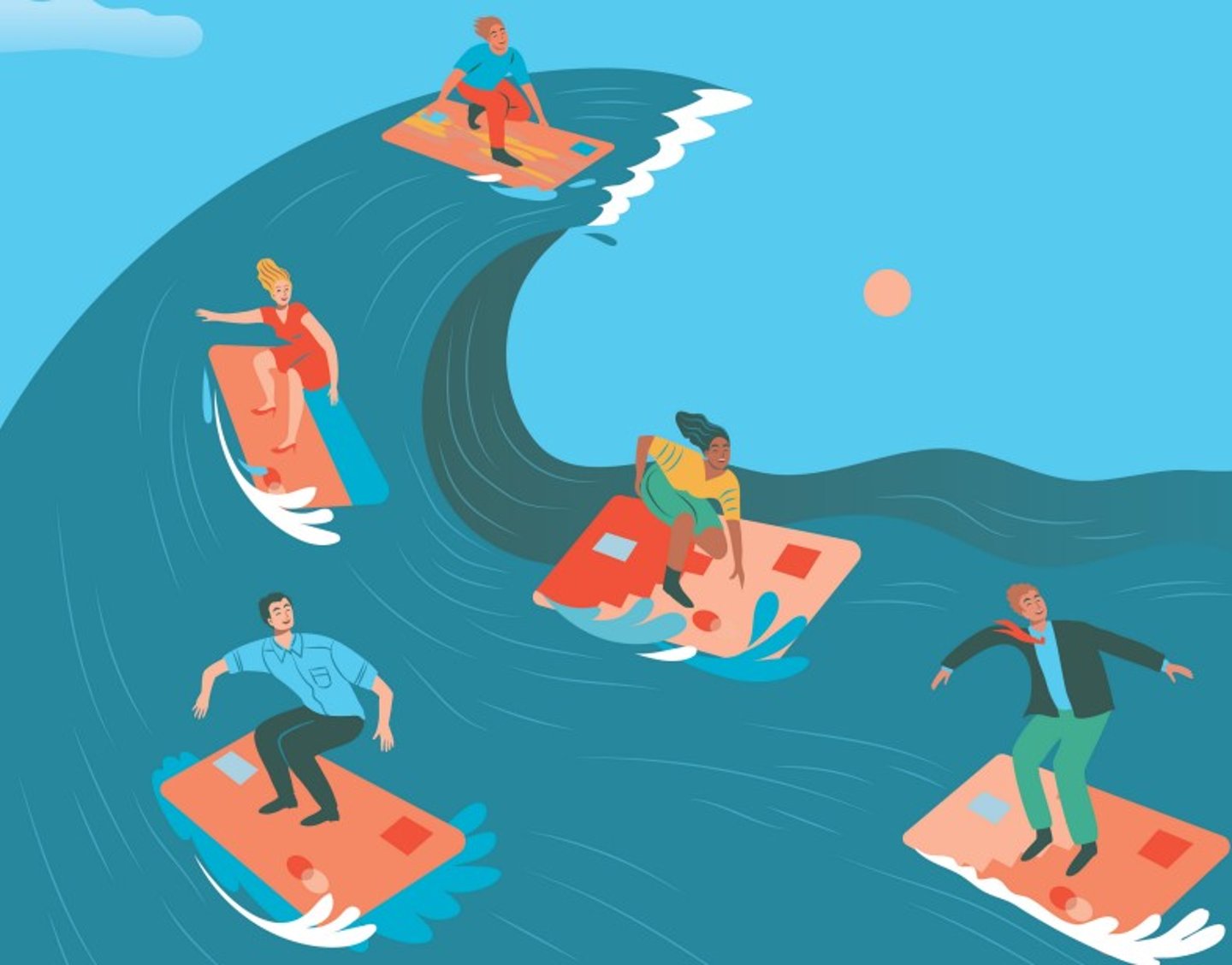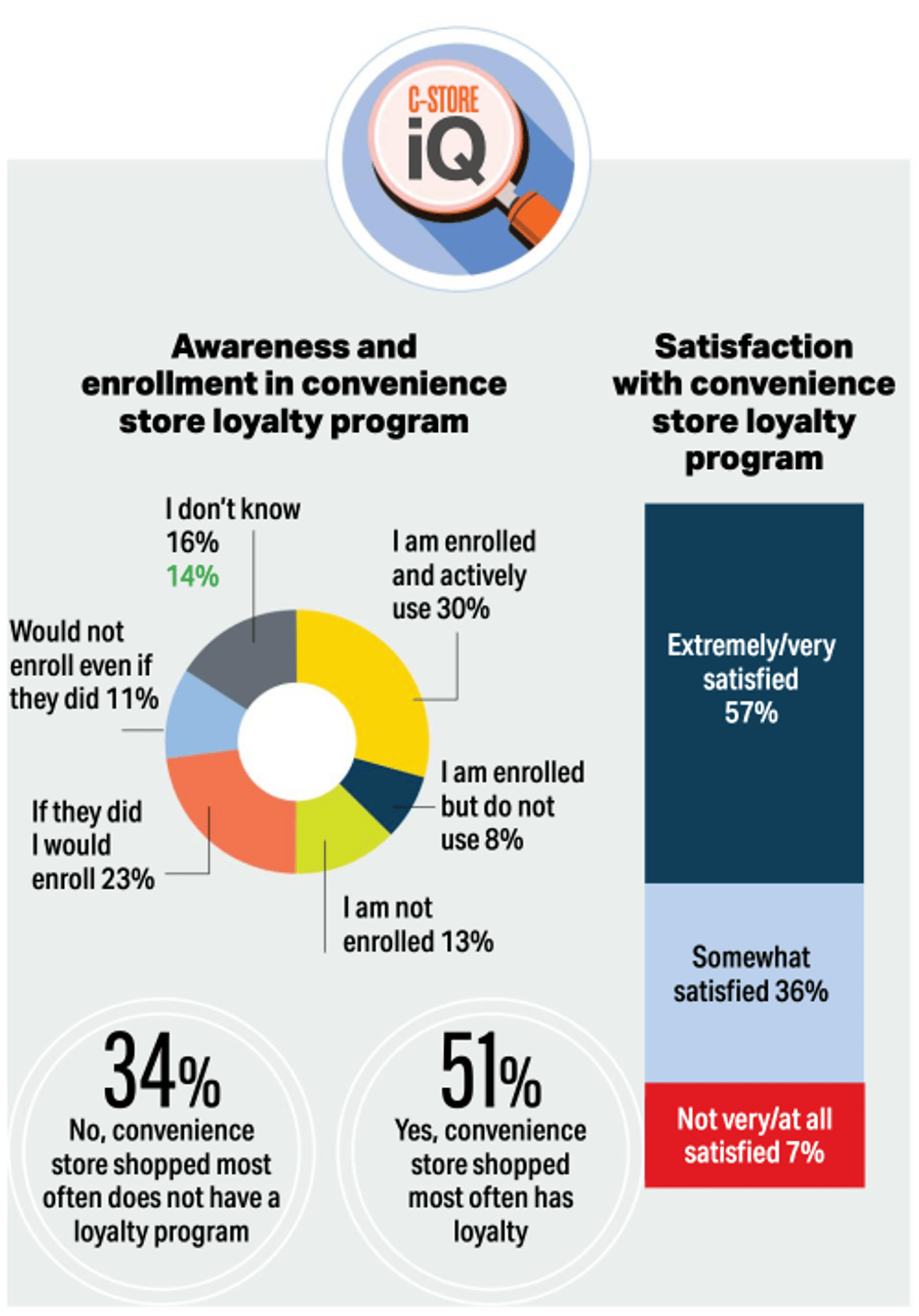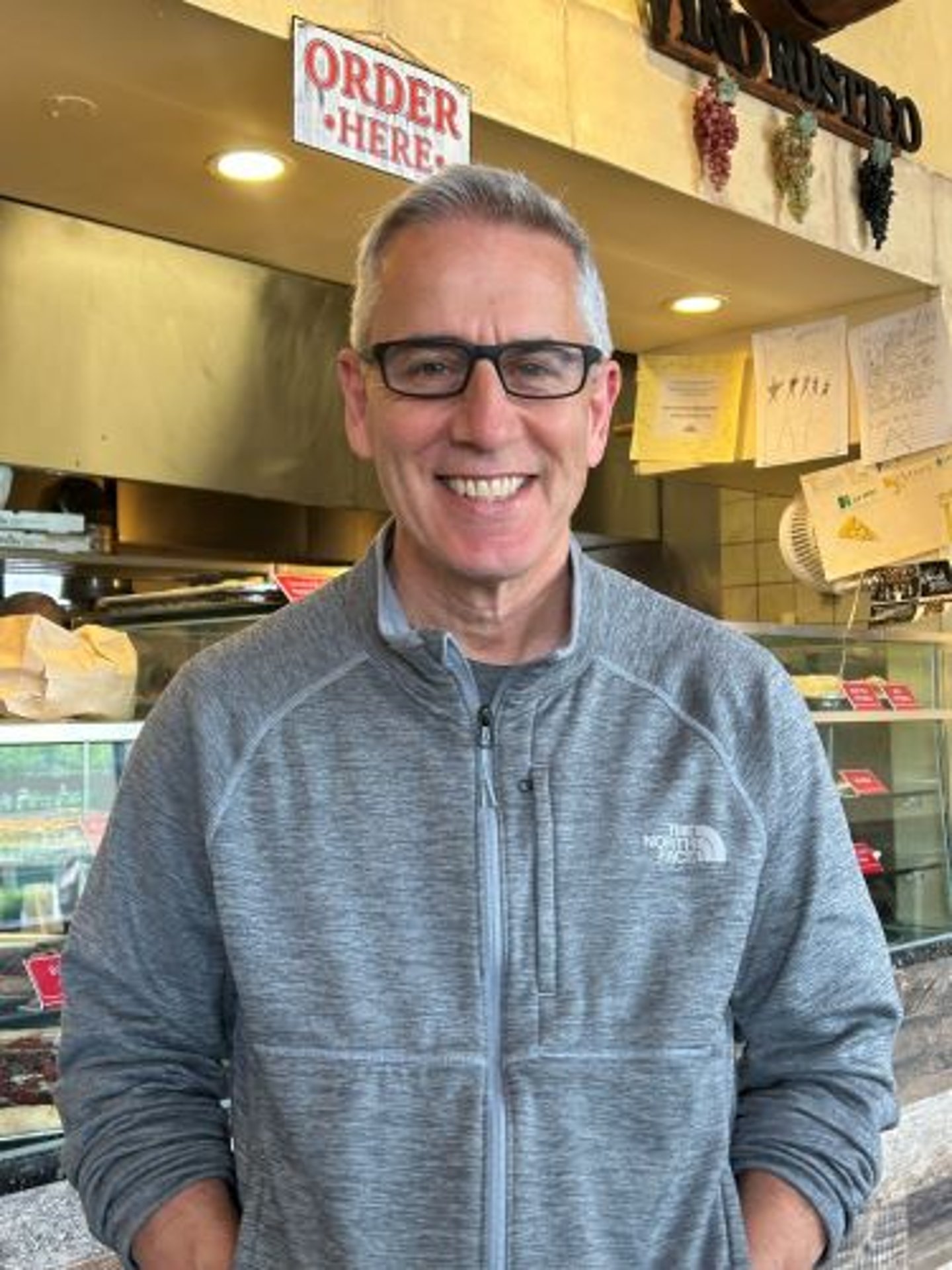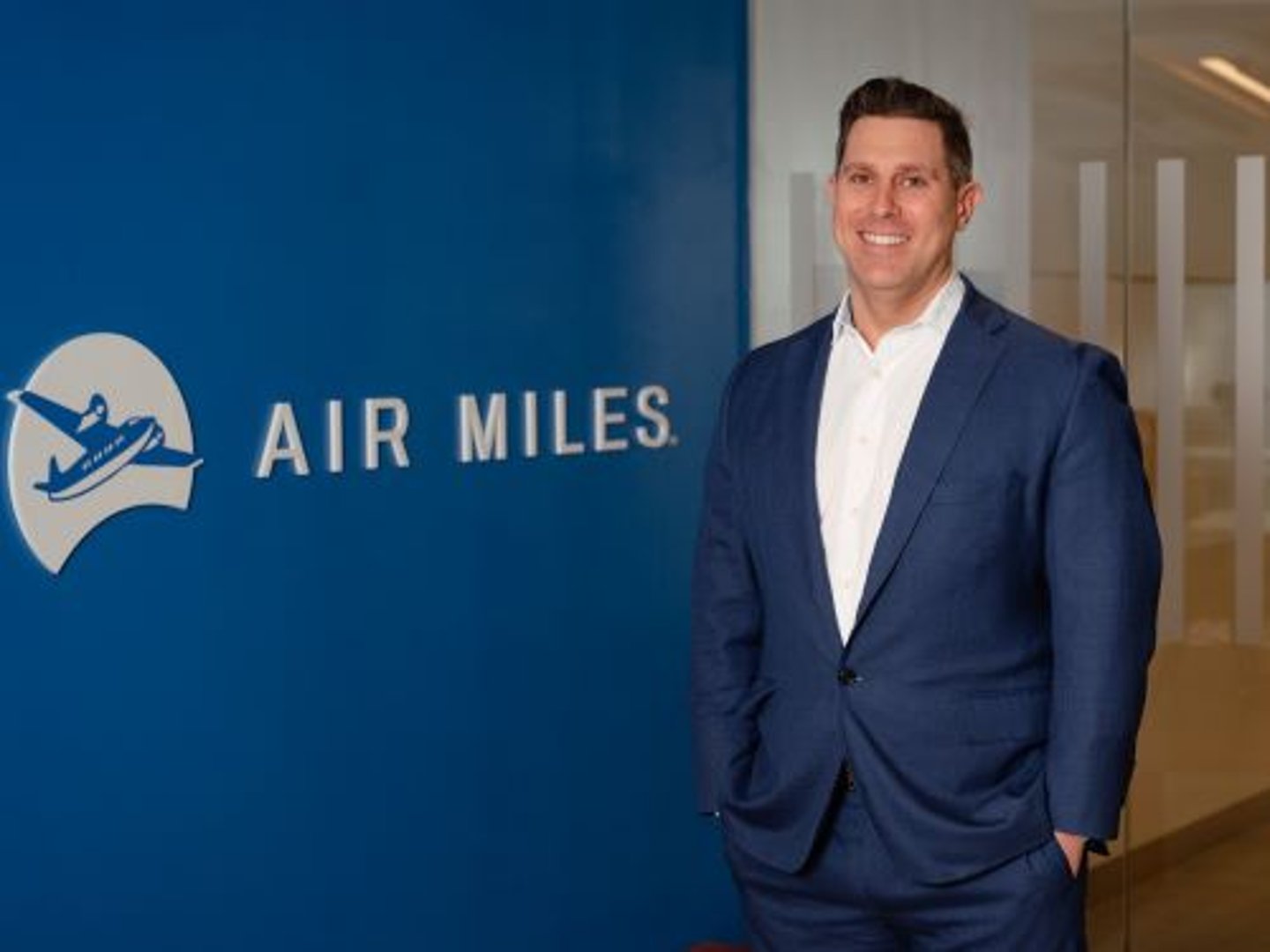Loyalty 2.0: Catching the new loyalty wave
Loyalty programs are everywhere now, with new ones seeming to be launched almost everyday. Each clamour to bring consumers to use them, with claims made for the worthwhile offers, savings and rewards one will have when signed up.
With so many loyalty programs on offer today, let’s examine what loyalty programs need to do now to stand out and not only attract, but also engage consumers to keep them coming back for more.
The loyalty advantage
Paytronix’s Loyalty Trend Report 2024: Realizing Loyalty’s Full Potential, finds well-functioning loyalty programs are an effective means of engaging customers and critical for strategic growth. When the report’s authors looked closely at three key market segments—quick-service restaurants (QSRs), elite full-service restaurants (FSRs) and convenience stores—sustained loyalty success came down to not only retaining engaged members, but also acquiring new members.
“The highest-performing quick-service restaurants (QSRs) achieve an average 62% monthly loyalty program member retention rate, while elite full-service restaurants (FSRs) retain 58% of their loyalty program members month-to-month, on average. C-stores lead in this area, with top performers (90th percentile) reaching an 85% average retention rate,” according to the report.
When it comes to acquisition, the QSRs sign up an average of 110 new loyalty members per store each month, FSR acquire 70 new members per location monthly, and c-stores add an average of 36 new members per location each month, the study adds.
Well-functioning loyalty programs also increase spend per visit. The study finds that at QSRs, the spend can range from US$19.05 to US$30.16, with FSR members increasing their spending anywhere between US$39.35 to US$77.49 and c-store loyalty program members increasing their spend per visit between US$13.03 to US$24.30.
Why generic programs fail to engage
If loyalty programs can be this successful, then why are many existing and potential members so disappointed with existing programs?
Boston Consulting Group’s (BCG) Loyalty 2.0—Making Loyalty Pay finds that today’s loyalty program users want the programs they are participating in to provide at least two key functionalities: more value and more personalization, with 73% of consumers expecting companies to understand their unique needs and expectations.
Kevin Farley, chief client officer with Impact21, a consulting firm specializing in retail, convenience, and energy clients, says many loyalty programs fail to utilize customer information and buying habits and patterns to create targeted and personalized offerings. He gives the example of a loyalty member who regularly buys gasoline at a location with a convenience store in which the member also buys food.
“If you are at the pump and you receive an offer for soup at the store, only you have never eaten soup or purchased soup there, that is a wasted promotion. It becomes noise as it is not about you or your preferences. You have now lost that consumer because that promotion is not tailored to them, as the program has not identified you as a certain type of consumer or what your preferences are.”
Generic programs fail to do what a company wants from a loyalty program, that is to change a customer’s buying behaviour. That can be anything from encouraging them to spend more or to incentivize them with offers that meet their expectations or anticipate their needs. A generic program treats all customers the same way and views them the same way.
“Everybody says ‘If I put in a loyalty program I’m going to have more loyal customers,’” says Donald Frieden, CEO of P97, a provider of cloud-based mobility services platform for mobile commerce, digital marketing, and consumer engagement for convenience retail and other companies. “Having a loyalty program does not mean I’m changing a customer’s behaviour. I need to do more than get them onto a platform. I need to get them onto the platform and then to engage with them.”
This can only come from companies using the vast amounts of data they collect from their loyalty members to give them offerings that are tied directly to their buying habits and purchasing behaviours in the real world.
“So, if you determine that generally I am going to buy a coffee up until noon, giving me a coffee ad or offering for a coffee in the afternoon is going to be worthless, and I may even grow frustrated if you load me up with ads and offers the are not relevant to me,” says Frieden.
“What programs need to do is really leverage the data they have, to analyze it and then to create offers that are hyper-personalized to me.”
Dynamic programs get personal
As the Paytronix study emphasizes, programs need to match what each individual member craves. This could mean offering monthly subscriptions or meal passes, providing early access to new menu items, or celebrating milestones like birthdays with experiential rewards. And to do this, loyalty programs must use data that make that personalization matter to a member. That includes, “analyzing purchase histories and contextual cues, such as location data, weather data, device data, and key dates like guest birthdays or loyalty program anniversaries, operators can develop personalized offers that drive positive feelings.
“Examples include wishing members a happy anniversary with a buy-one-get-one (BOGO) deal, welcoming members back from vacation with a coupon for their favourite pick-me-up beverage or thanking members who reach annual spend tiers by donating in their name to a local cause.”
“The more dynamic part of the loyalty success is powered by all that data collected through every digital and physical interaction with the program,” explains Paytronix’s data and loyalty strategist, Donnie Fairbanks. “These dynamic elements (powered by the data) include targeted campaigns, tentpole promotions, program layers and extensions, payment solutions, etc. They are the moving pieces which extend the impact and value of the core program. Each has the potential to be strategically delivered on a one-to-1one basis, leveraging an individual member’s history and preferences to aggressively drive incrementality, both on a behavioral and transactional basis. The result of finding the optimal mix is evident in brands that enjoy high penetration, active rates, retention (short- and long-term), and upper ranges of typical spend lift that comes with loyalty membership.”
The Starbucks Rewards app is an excellent example of the power of personalization, adds Fairbanks.
“This app is highly regarded for its user-friendly interface, personalized experience, and consistent evolution over the years in line with changing customer preferences,” he says. “It tracks user purchases and provides tailored offers and rewards based on individual preferences. The app also allows users to customize their orders, making the experience feel highly personal. Additionally, the app’s integration with the Starbucks payment system, its ability to send personalized push notifications for special promotions, and its annual cadence of game-based giveaways keep users engaged and returning.”
Building loyalty to fuel growth
Kostya Polyakov, partner and national industry leader for KPMG’s Consumer & Retail practice adds that a highly personalized loyalty program also builds brand loyalty with the provider of that program. KPMG’s study Is It Time to Rethink Loyalty Programs? looked at what worked and what needed to be improved to drive retail growth and consumer engagement in loyalty programs.
Generic, run-of-the-mill programs are quickly dropped, as using them does not offer any real return or engagement with customers. One that provides a high degree of personalization makes using it as ‘badge of honour” amongst its participants.
“Look at the Aeroplan program,” he continues. “Not only do you get these valuable tangible benefits from the program, but you also feel like you have a badge of honour. People will wear those Aeroplan badges and tags for their bags for a reason. They want to say, ‘Look at me, I’m elite’. I get to use a different phone number for faster customer service, I can go in front of the line. That type of stuff makes you feel special and important.”
“I’ve read a statistic recently that said that over 30% of consumers will leave a brand that lacks personalization,” says Cheryl MacIntosh, manager, loyalty program with Parkland, which operates the Journie rewards program. “Blanket marketing isn’t winning over customers anymore. We all want to feel like the brands we love know us and what’s important to us. True personalization takes time and resourcing, something that we are focused on with Journie Rewards.
“We are currently expanding our internal capabilities on how we communicate to our member base, which is set to launch this fall. These new platforms will allow us to be nimble in our communications and test offers to see where our members engage the most. With this we can start gathering the customer insights that will allow us to be able to intelligently target our member base.”
“We are constantly evolving to stay competitive and offer value to our more than three million members since Petro-Canada, proudly owned by Suncor, launched Petro-Points almost 30 years ago in 1995,” says Amanda Mitchell, head of Loyalty for Petro-Canada. “We know fuel is a key element to every-day life in Canada and we want to help members save on every fuel up. We are optimizing our program to provide the best value to members who drive the most and reward and celebrate their purchases and their journey with us. We are also personalizing the customer experience by understanding how our members interact with us and offering them unique deals to make our program more valuable to them. And, we are expanding the value and benefits we offer through high quality partners. We continue to evaluate the right fit and categories of partners to best suit our offer, complement our values, and differentiate us in the marketplace.”
Reaping and redeeming rewards
Along with greater personalization, strong loyalty programs now recognize that members expect programs to do a better job in how points or rewards are collected and what they get in return for their loyalty.
“The main point of dissatisfaction is the lack of value members receive,” says Lia Grimberg, principal and consultant of Radicle Loyalty, a loyalty and marketing expert. “Unless they spend thousands of dollars with a particular retailer per year, they are not earning enough to redeem for anything worthwhile, and the points expire before members can reach a reward. Low-value and low-frequency retailers are particularly afflicted with this issue. If a customer spends $100 per year, at 1 point per dollar, they will have accumulated 100 points, typically worth $1 in rewards. It is unlikely that this $1 reward will change a member’s behaviour.”
Many loyalty programs now are working to overcome this pain-point by redesigning their programs to make the accumulation and redemption of points easier, thereby increasing customer engagement usage of their programs.
“Journie Rewards has been going through an evolution currently, as we are in our fifth year of the programs, based on feedback from our members,” says MacIntosh.
“Our focus is to provide our members with more choice. Letting our members choose how they want to save, whether there are gas discounts through our program and partnership with CIBC, in-store discounts as we appeal to our growing EV member base or bank Aeroplan points when members link their Journie account and their Aeroplan account. As our member base grows, we need to ensure we are adapting to the market conditions and providing our members with what will continue to drive customer-centric growth.”
Another way is by adding features to their apps to make the collection of points easier and faster, and to drive user engagement.
“The most effective loyalty apps are user-friendly, intuitive, and are rich in features that enhance customer engagement and personalization,” says Paytronix’s Fairbanks. “Key elements include a seamless and straightforward interface that allows users to easily track their points, redeem rewards, pay-at-pump, order ahead, and access exclusive offers. Apps on this level provide real-time updates on point accrual and redemption, as well as personalized recommendations based on the user’s purchase history and preferences. Integrating features like push notifications for special promotions, location-based offers, and personalized content significantly boost engagement.”
Leveraging AI to stand out
To deploy apps that truly offer personalized experiences, loyalty programs need to leverage customer data and AI tools to predict preferences and pervasively provide relevant offers, features, and rewards. Additionally, loyalty apps should integrate social sharing features, enabling users to share their experiences and rewards with friends, thereby enhancing the program’s visibility and appeal.
One program that has profoundly changed to meet today’s membership is Air Miles.
Jason Beales, chief strategy and commercial officer with Air Miles, says that about two years ago, the long-established loyalty program went through a shakeup where “the rose-coloured glasses came off and it was time for an appraisal of what was being done right and what needed to be refurbished. That was an opportunity for us to make some honest assessments of what the current state of Air Miles looked like and what needed to be done to make it a more sterling version of itself.”
As Beales rightly notes, today’s consumer is awash with loyalty programs, each one trying to grab new members and hold onto existing ones. “There is a remarkable battle for market share,” he continues. “There is also a remarkable battle for wallet share. It is a tougher battleground than in years past, along with a certain amount of loyalty fatigue. You need to differentiate yourself from all that is out there right now.”
One way of doing so is making it easier to collect and redeem points. Air Miles has made key program changes to make it easier to collect and to more quickly redeem points when Canadian members go to purchase groceries, gasoline or pharmacy products.
Collect More Moments gives Gold and Onyx collectors an easier way to convert Dream Miles to Cash Miles and vice versa; expanded redemption options: with 10 new brands to its eVoucher portfolio for collectors to redeem for and prioritizing lower-value redemptions, helping members accumulate and redeem points faster. Other enhancements include the addition of more places to collect points, including at over 94% of grocers nationwide and on eligible liquor purchases through Air Miles Receipts, with plans to expand to more brands and categories, alongside in-store at more Pharmasave locations across Canada.
Beales adds that Air Miles will continue to roll out new ways to collect points faster, this time without having to use the Air Miles card to swipe for the points.
“Swipe rate is something we track on a daily basis, and many find it onerous to pull out the car and swipe,” he says. “A product which I think is going to be very persuasive for the future of convenience and gas purchases will be our receipt scan technology. Launched last year, you take a picture of your receipt after you have made your purchase and if there is an attributable purchase or promotion on that receipt, our app will recognize the promotion or brand purchases and you will get the Air Miles points.”
Petro-Canada’s Petro-Points program is also moving to make it easier to collect rewards points and to make the redemption of them, along with new features, in the program’s app.
“We are proud that Petro-Points is one of the most valuable and simple loyalty currencies to save, earn and redeem in the marketplace today,” adds Petro-Canada’s Mitchell. “For example, we were one of the first retailers in Canada to partner with RBC to offer an every-day fuel discount. Most recently, we partnered with Canadian Tire’s Triangle Rewards, so linked Petro-Points and Triangle Rewards members can earn and redeem for rewards from both programs… By the end of the year, we will also launch an exciting new ‘offer centre’ in our app where members can find deals on store products, car wash, fuel, and more. Drivers can expect great things from Petro-Canada to deliver even more value at their fingertips across all our digital tools and communication channels.”










